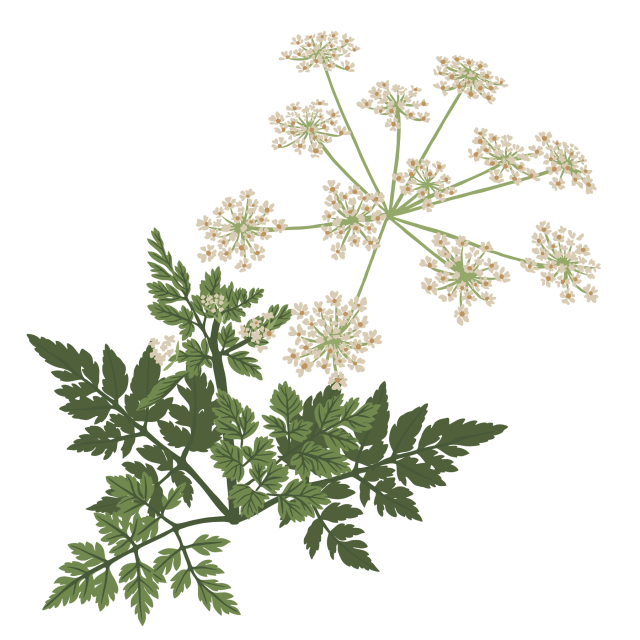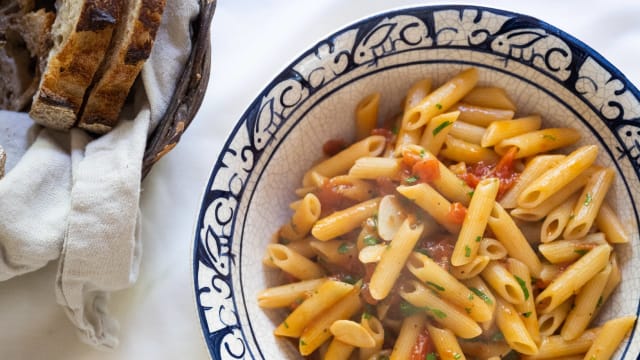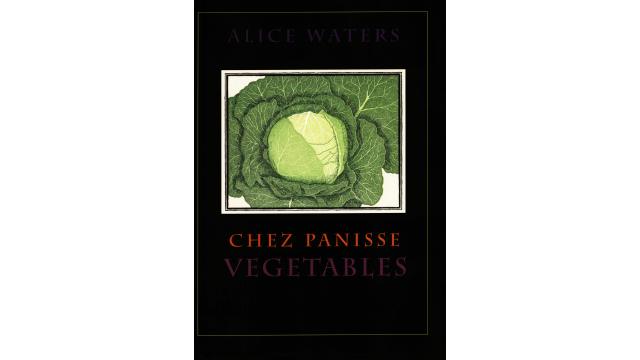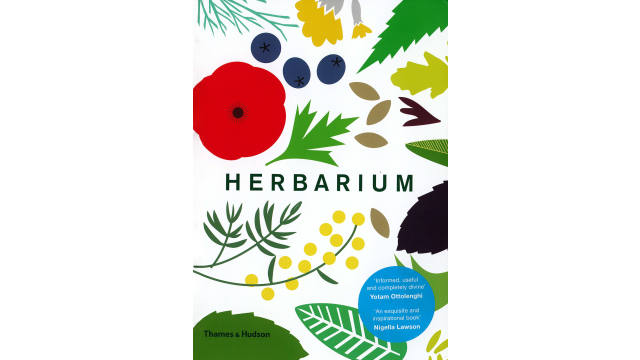Parsley
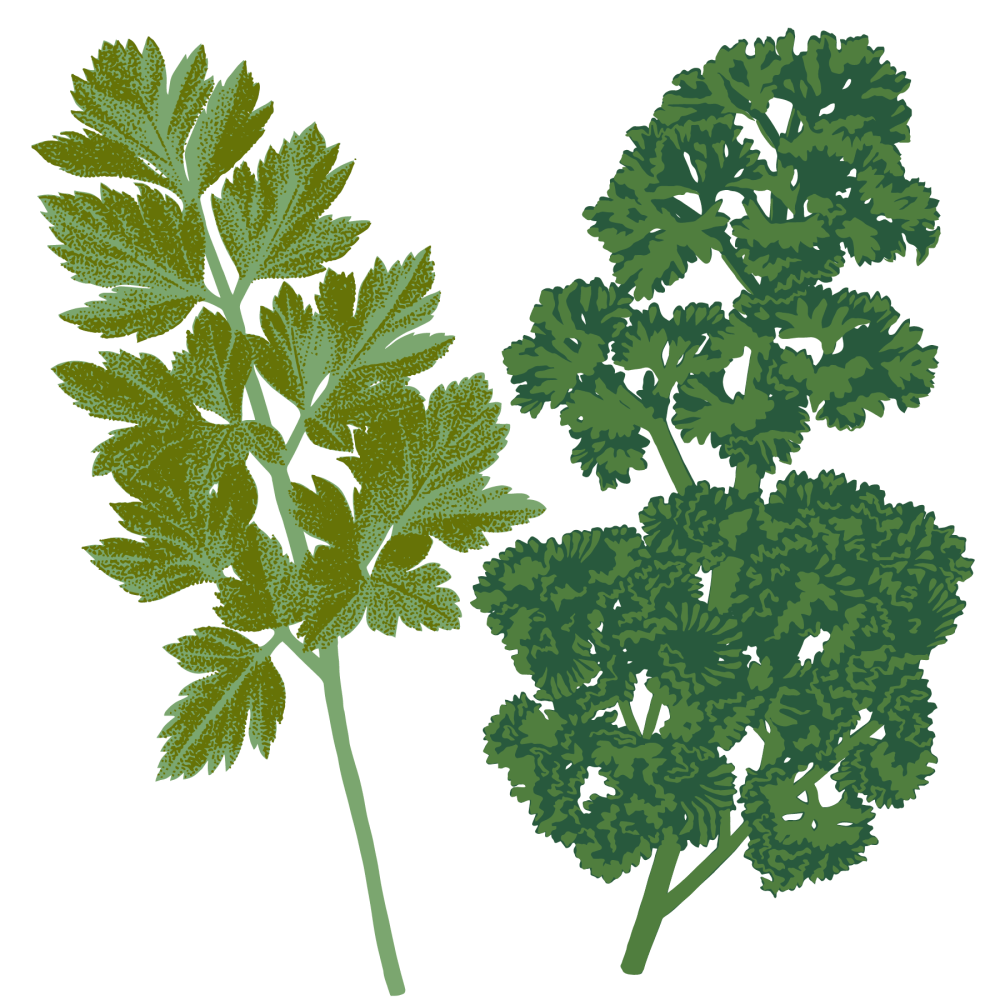
Latin name: Petroselinum crispum
Uses: herb, root vegetable
What is parsley?
Parsley is an annual herb that’s related to celery and carrots. For the longest time parsley was relegated to garnishing a restaurant plate, unceremoniously pushed aside while diners sawed through their steaks or chicken. Those days are far behind parsley now; it’s enjoying enjoying its heyday, largely thanks to the widespread availability of the infinitely more useful Italian flatleaf parsley. Root parsley (P. crispum var. tuberosum), grown as a root vegetable in central and Eastern Europe, is rare in the United States and United Kingdom.
Why is parsley healthy?
Parsley is high in vitamins A and K. Combined with the flavonoids lutein and zeaxanthin, this makes parsley especially beneficial for eye health. It’s a diuretic, so it can reduce bloating and high blood pressure. And parsley is the best source for a flavone called apigenin that is being researched for possible cancer-fighting properties. While it may not taste as good as fresh, dried parsley actually contains more apigenin than any other food.
What does parsley taste like?
Parsley’s genus name, Petroselinum, means “rock celery” and this is an apt description of its flavor — celery-like (they share a plant family), but with a minerality to it. Its flavor is also very grassy and green, with a slight woody-pine aroma that’s more concentrated in the seeds. Root parsley has a flavor is like a cross between parsley, carrots, and celeriac.
How do I use parsley?
Parsley should be used fresh whenever possible — the dried stuff is just a wraith of the fresh article. Curly parsley is fine in a pinch, but flatleaf has more robust flavor and a leafier texture. Parsley is a standard addition to a bouquet garni — add it to any broth or stock as an aromatic. Add chopped parsley to your matzo balls for color and flavor.
You can make any number of green sauces with parsley. Use a very grassy olive oil and a slightly bitter nut like walnuts for a variation on pesto (mint and cilantro are nice here, too); add capers and vinegar to make an Italian salsa verde. Or just chop parsley and garlic for a French persillade — and spoon this onto toasted bread, creamy spring soups, and bowls of beans. Make it a Brazilian cheiro-verde with just parsley and scallions to eat with black beans and rice.
What does parsley pair well with?
Parsley’s grassy flavor plays well with its cousins carrot, parsnip, and cilantro. It’s also often paired with lemon, olive oil, fresh mint, and garlic, which just goes to show that you can safely add gobs of it to any just about any Mediterranean or Middle Eastern dish. It beautifully brightens up cooked grains and rice; it’s the main green in tabouleh but you can add it to any kind of pilaf, couscous, pasta, or potatoes — it cuts right through starch without overpowering it.
Stir chopped parsley into plain yogurt with olive oil, lemon juice, crushed garlic, and chopped mint to drizzle on warm flatbreads, salads, and grilled or roasted vegetables (especially red peppers and eggplant).
Where does parsley grow?
Parsley is native to the central and eastern Mediterranean (and is still widely grown and used there), but the herb has been naturalized all over Europe. In the U.S., California grows nearly half of all the crop — it grows as an annual in warm climates but can be grown as a biennial in cooler climates.
How to buy parsley:
Choose bunches with vibrant green leaves and no sign of yellowing or wilting. Store parsley in a bag in the drawer of your fridge.
Surprising parsley fact:
The Ancient Greeks associated parsley with death, and did not eat it. It was believed to have sprung from the ground where Archemorus (“forerunner of death”) died, and was used to crown the victors at funeral games.
